calsfoundation@cals.org
Nashville (Howard County)
County Seat
| Latitude and Longitude: | 33º56’44″N 093º50’49″W |
| Elevation: | 383 feet |
| Area: | 5.47 square miles (2020 Census) |
| Population: | 4,153 (2020 Census) |
| Incorporation Date: | October 29, 1883 |
Historical Population as per the U.S. Census:
|
1810 |
1820 |
1830 |
1840 |
1850 |
1860 |
1870 |
1880 |
1890 |
1900 |
|
– |
– |
– |
– |
– |
– |
– |
172 |
810 |
928 |
|
1910 |
1920 |
1930 |
1940 |
1950 |
1960 |
1970 |
1980 |
1990 |
2000 |
|
2,374 |
2,144 |
2,469 |
2,782 |
3,548 |
3,579 |
4,016 |
4,554 |
4,639 |
4,878 |
|
2010 |
2020 |
|
|
|
|
|
|
|
|
|
4,627 |
4,153 |
|
|
|
|
|
|
|
|
Nashville is the county seat of Howard County in southwest Arkansas. A regional center for agriculture and transportation, it has also become the location of several manufacturing enterprises and was the location of the first Dillard’s department store.
Louisiana Purchase through Early Statehood
No evidence of pre-European settlement in the Nashville area exists, although stone tools found in the area indicate that the Caddo did travel through the site and hunt there. The first European explorers in the area were hunters who would have seen forested hills watered by two small creeks.
Isaac Cooper Perkins, a farmer and Baptist missionary, was the first to settle in the place that would become Nashville. Although his earliest land grant is dated 1836—the year Arkansas became a state—local tradition asserts that Perkins had built a house in the area in the 1820s. At some point in the mid-1830s, Perkins moved to the area with his wife, Hannah, and five daughters. Perkins was a traveling preacher who served congregations from Little Rock (Pulaski County) to Jefferson, Texas. Many of the land grants in the settlement were in the name of Perkins or Clements, but Samuel S. Thomas was also an early landowner.
At first, the settlement was named Mine Creek, but it also acquired the name Hell’s Valley for unknown reasons. Early settlers cultivated corn and cotton and also raised vegetables and watermelons for family consumption. The first post office was established in 1848. In 1856, the name of the post office was changed to Nashville at the request of new resident Michael Womack, who felt that the name Hell’s Valley was inappropriate for a community consisting largely of Baptists. Although it is not known why he chose the name “Nashville,” many speculate that he named the settlement for Nashville, Tennessee. By that time, two Baptist congregations had been established, one planted by Perkins in 1835 and another that broke away from that congregation in 1853. At least two schoolhouses were built in the area during the 1850s: Community Rock Hill School and Mount Olive School, both of which had one room. The Mine Creek Male and Female Academy was also advertised in the late 1850s; it appears to have been established in 1854.
Civil War through Reconstruction
Civil War companies from the region included the Davis Blues (Company F of the Fifth Arkansas Confederate Infantry), which was organized in Nashville on June 18, 1861. It arrived in Little Rock on June 23 and fought at the Battle of Wilson’s Creek on August 10. The next month, the Nineteenth Arkansas Infantry Regiment was formed in southwest Arkansas, drawing more men from the Nashville area. No significant Civil War engagements occurred in the Nashville area.
Three years after the war, a major outbreak of violence at Center Point (Howard County) followed after Governor Powell Clayton had declared martial law, and state militia troops seized property from a local store. Violence also broke out in 1883 as one of Arkansas’s worst race riots took place near the Hempstead–Howard County line. Although neither event took place in Nashville, it is likely that citizens of the community were involved in the troubles or at least were aware of them.
Howard County was formed on April 17, 1873, from portions of Hempstead, Sevier, Polk, and Pike counties. The first county seat was Center Point, but railroad traffic caused Nashville to become the more important community, and the county seat was moved there early in the twentieth century.
Meanwhile, even before the arrival of the railroad, many new homes and businesses were being established in Nashville, including sawmills, cotton gins, and the city’s first saloon, which opened for business in 1877. The First Christian Church of Nashville began holding services the same year. In 1878, the Nashville News newspaper was founded by Judge A. B. Grace and J. L. Tullis.
Post Reconstruction through the Gilded Age
More homes, businesses, churches, and schools continued to be established in Nashville in the last years of the nineteenth century, and the community was officially incorporated when the paperwork was received at the office of the Secretary of State in Little Rock on October 29, 1883. One significant reason for the growth of Nashville was the arrival of the railroads, beginning with the Arkansas and Louisiana Railroad, which built a line between Washington (Hempstead County) and Nashville beginning in 1883. The line was completed and open for business on October 1, 1884; it became the property of the Iron Mountain Railway and later part of the Missouri Pacific line. A telegraph line was established between Nashville and Hope (Hempstead County) in 1884, and a telephone line connected Nashville to Center Point in 1887. Two years later, Nashville received its own telephone exchange.
By 1890, sixty-six businesses had been established in Nashville. They included the city’s first brickyard, which opened in 1884, as well as several hotels, such as the Nashville Hotel, the Merchants Hotel, and the Garner Hotel. Several fires in downtown Nashville prompted the use of more brick as the town was rebuilt. Businesses established at this time also included the city’s first bank, Howard County Bank, which opened in 1892, and a bottling company that began business in 1896. Also about this time, T. J. McClendon established a winery, using grapes raised in the nearby vineyards of Howard County.
A growing African-American community also existed within Nashville, as shown by the establishment of several black churches, including a Christian Methodist Episcopal congregation in the late 1890s and First Baptist Church in 1902, as well as black schools, beginning with Special District No. 7, with its first building on Leslie Street next to the Baptist Church, built before 1900.
Early Twentieth Century
Another major fire on December 6, 1900, resulted in more brick structures being built to replace the wooden buildings of downtown Nashville. The Buxton Opera House was one of the first new buildings completed following the fire. In 1905, the voters of Howard County moved the county seat from Center Point to Nashville. The new courthouse was completed and occupied the following year.
That same decade, Bert Johnson planted a demonstration orchard of 100 acres of peach trees in the hills near Nashville. The success of his initial planting led to several more orchards in the area, eventually covering more than 13,000 acres and producing up to 1.25 million bushels of peaches each year. This industry, coupled with the increasing strength of the railroads, helped Nashville to continue to grow and prosper during the first half of the century, even when World War I depleted the supply of available working men.
A second railroad began operations in Howard County early in the twentieth century. First called the Memphis, Paris, and Gulf Railroad, it completed lines to Ashdown (Little River County) and to Murfreesboro (Pike County), including a bridge over the Little Missouri River. Sold at public auction in 1927, it eventually reappeared as the Graysonia, Nashville, and Ashdown Railroad.
On February 25, 1911, the Nashville Ice, Coal, and Light Company began electric service, which was available from dusk to 10:00 p.m. Main Street was paved in 1929, the same year that the Arkansas Louisiana Gas Company laid mains for natural gas in Nashville. The Great Depression caused a greater drain on the economy of the area. The Nashville Production Credit Association was formed to provide loans to farmers, relying on government assistance. The Works Progress Administration paid workers to construct a library and a fire station in Nashville and to build an athletic field for the high school, as well as supplying workers for other projects around Howard County.
In 1938, William T. Dillard established a department store in Nashville. Although he sold the initial store in the next decade and developed a larger establishment in Texarkana (Miller County), the Nashville store was the beginning of the Dillard’s chain now based in Little Rock (Pulaski County).
World War II through the Faubus Era
World War II again depleted the work force of the area for a time as men served in the nation’s armed forces. Following the war, several new industries were established in Nashville, providing jobs to keep the economy stable. A cutlery plant opened in 1952, owned by W. R. Case and Sons Cutlery of Bradford, Pennsylvania. It was followed by the Nashville and Howard Manufacturing Company, a clothing manufacturer. Okay Cement also established a factory in Nashville, and Memorial Hospital opened in 1948.
The peach industry became less viable in the 1950s, and orchards eventually were converted from commercial ventures to “pick-your-own” operations. Dairy and beef cattle and chickens began to be raised commercially on the land that had once supported peach trees, vineyards, or cotton fields.
Nashville schools remained segregated until 1966, but, over the next two years, the separate school systems were gradually consolidated.
Modern Era
In 1973, the City-County Building was dedicated in Nashville, featuring a large public library as well as other public services. In 1983, dinosaur footprints were discovered on land belonging to Weyerhauser. At the time, the land was being mined for gypsum used in wallboard. Portions of the trackway were preserved and given to various museums, both within and beyond the borders of Arkansas. Cossatot Community College of the University of Arkansas (CCCUA) has three locations, including one in Nashville.
Businesses in Nashville include Aero Metalcraft, Inc., the successor to the Case cutlery plant; Pilgrim’s Pride and Tyson, both poultry product plants; and the Coca-Cola and Dr. Pepper Bottling Company. Howard Memorial Hospital opened in new facilities in Nashville on July 30, 2009. One longtime employer has been Husqvarna, a company based in Stockholm, Sweden, which assembles weed-eaters, edgers, and blowers; however, in 2023, the company announced plans to close its factory by the end of 2024, eliminating 700 jobs.
Attractions
Nashville Post Office is one of only nineteen locations in the state where Depression-era post office art may be viewed. The post office and the surrounding Nashville Commercial Historic District are listed on the National Register of Historic Places.
Notable Figures
John Garrett Whiteside, who served as a congressional secretary for much of the early twentieth century, was born in Nashville (and Garrett Whiteside Hall was named for him), as was John Ferguson, the Arkansas state historian for forty-five years, and Parker Westbrook, a leader in historic preservation. Screenwriter, producer, and novelist Tom Epperson was also born in Nashville.
For additional information:
City of Nashville Chamber of Commerce. http://www.nashvillear.com/ (accessed March 16, 2022).
Howard County Heritage Club. The History of Howard County Arkansas. Nashville, AR: Nashville News, 1973.
Howard County Heritage Club. Howard County Heritage 1988: Appreciating the Past, Anticipating the Future. Dallas, TX: Taylor Publishing Company, 1988.
Steven Teske
CALS Encyclopedia of Arkansas
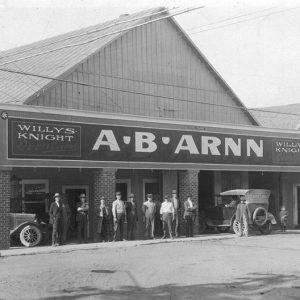
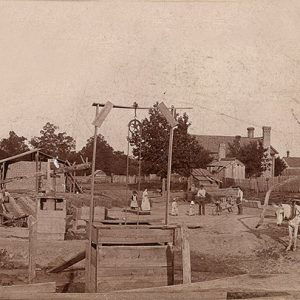
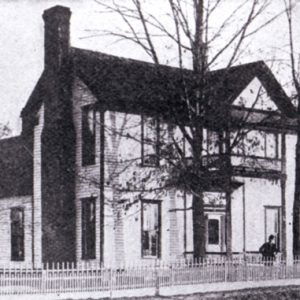
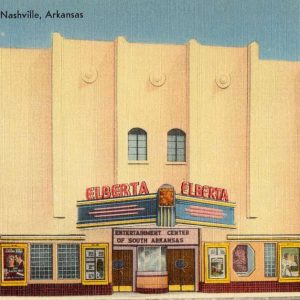
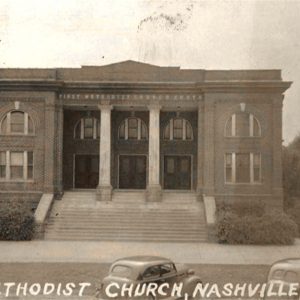
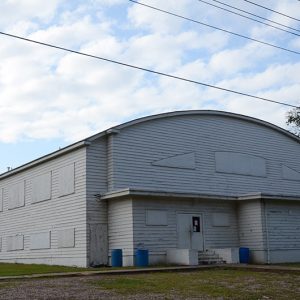
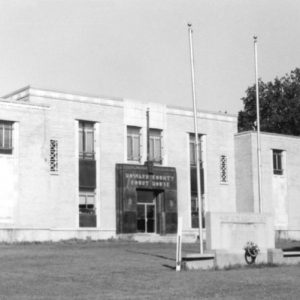
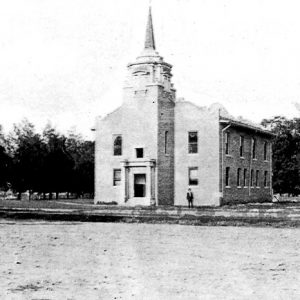
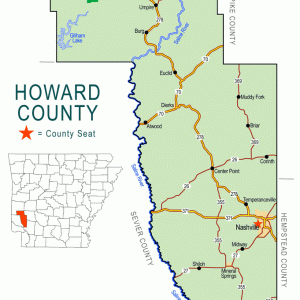
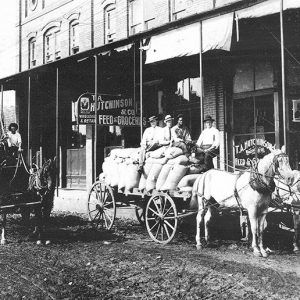
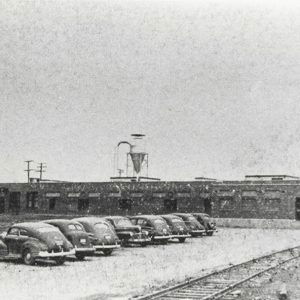
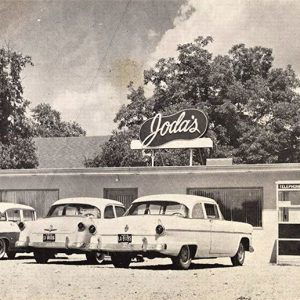
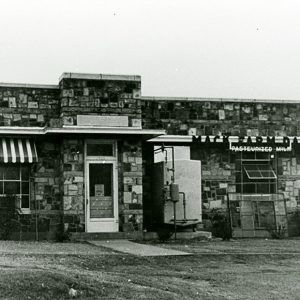

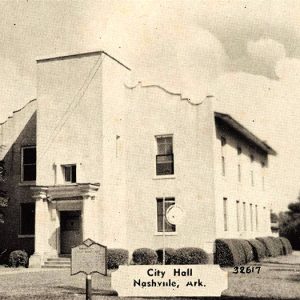
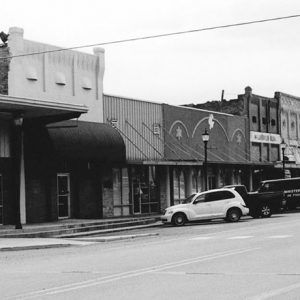
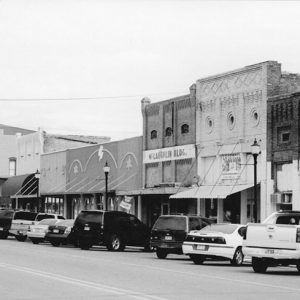
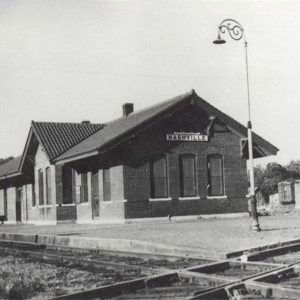
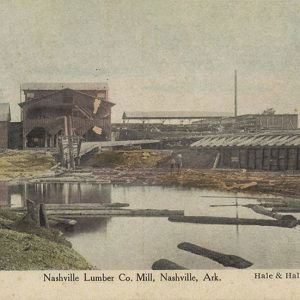
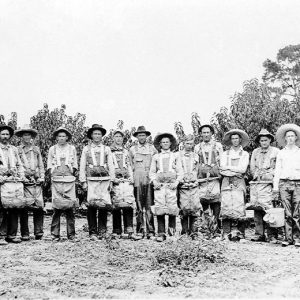
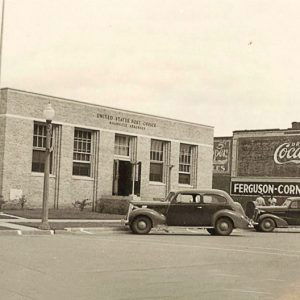
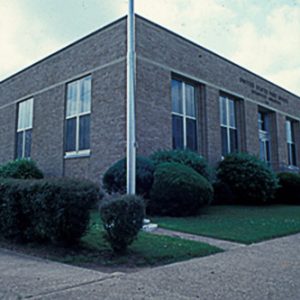
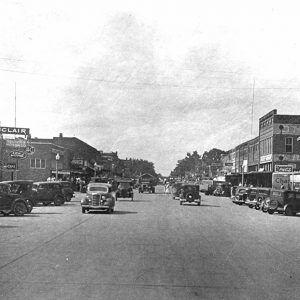
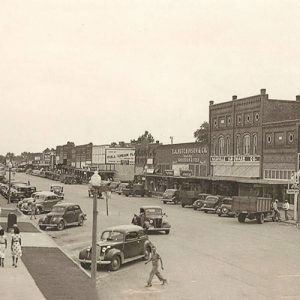
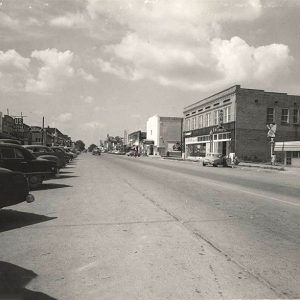
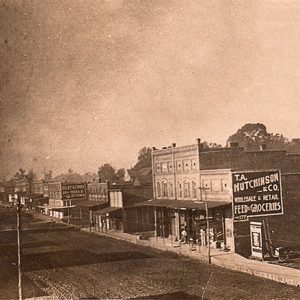


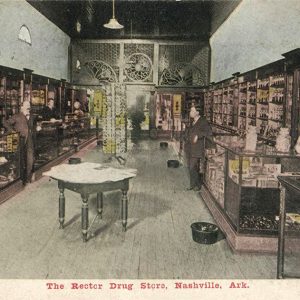
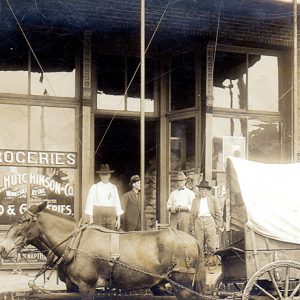




Comments
No comments on this entry yet.